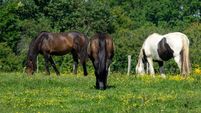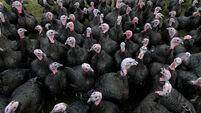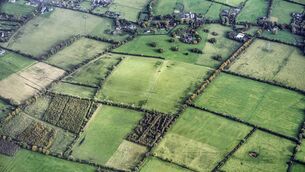Humorous irony as TB scheme lauded 60 years on
From the 1940s, as part of tackling human tuberculosis, Britain removed tuberculous cattle using a test and cull scheme. By the early 50s it declared its national herd to be “attested” (few animals left infected). It insisted that imported Irish cattle to Britain should be TB-free. Voluntary Irish programmes up to 1954 failed, so a compulsory scheme began in 1955. The scheme was inherently unpopular. The social stigma associated with human tuberculosis in the 50s and the enforced lock-up of reactor herds meant that many Irish farmers felt victimised by a situation beyond their control.
However, in the first 10 years, the number of reactors fell from 30 per 1,000 to 4 per 1,000, leading the minister to declare Ireland “attested”. This gave the public impression that the country was “TB-free”. However, within veterinary circles, it was apparent that there was a (then unknown) source of infection for cattle that would prevent further reduction. We now know that source to be the badger-cattle interaction.










